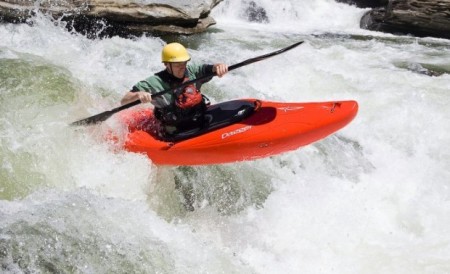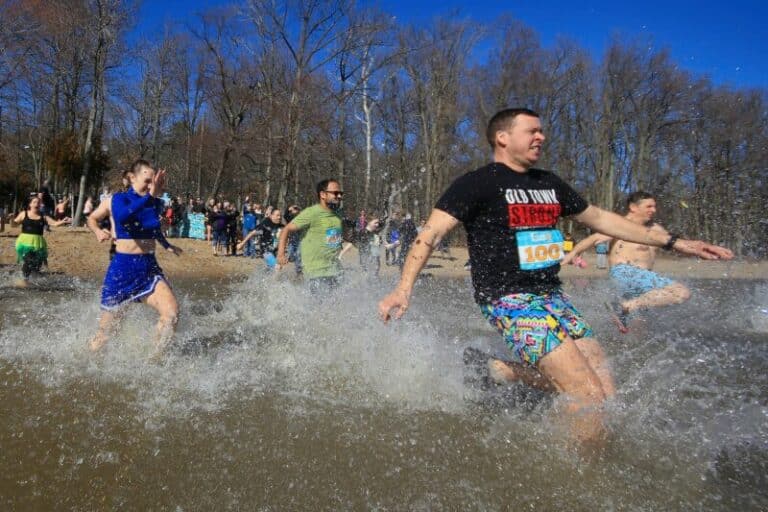As I sit and type this on my front porch, the beauty of the day today almost makes me giggle.
Spring has hit in full swing, and this promises to be a gorgeous week in the mountains. As I organize myself for a busy and exciting summer of traveling, competing, writing, and managing my business, I am more thankful than ever for the ability to get into my kayak, clear my mind, and work on the basics.
It is an extremely cathartic way of re-centering.
The forward stroke in a kayak is so simple… place blade in water, pull, and transfer energy to boat. It is amazing how something so fundamental can keep us occupied for a lifetime of learning. It doesn’t matter if you get on the river two weekends a year or if you are training for the Olympics in London this summer, that most basic of strokes can always be finessed or tweaked in some way.
Similar to the subject of the Monogamy article in last month’s issue of Blue Ridge Outdoors, my local class II training rapids have seen me through a lot of different phases in my life. My connection with it first began when I moved to this town, the place that I now hope to spend the rest of my life in. Since then, those waters have helped me through the tribulations of getting an undergrad degree, dealing with failed relationships, losing loved ones, and struggling to make ends meet financially. While helping me through the lows, that training ground has also been an enabler in the quest to be the athlete and individual that I want to be. It represents thousands of hours of sweat, and constant dissection of every minute detail of paddling technique. It feels good to reap the rewards of that effort when the stars align, and I have a strong showing in competition.
I was speaking with a fellow paddler about this subject recently, and the conversation made me think about my sport a little bit differently. When it comes down to it, a kayaker with a paddle is a nearly perfect union for power transfer from body to water. The powerful core muscles of the human body allow incredible torque and power to be applied to that blade, and that makes it possible for paddlers to maneuver lithely around slalom gates or other obstacles, accelerate instantly to a sprint for short periods of time, or slow their stroke down to a sustainable metronome for 250+ mile paddles in 24 hours.
Couple that with the ability to roll upright when capsized, and a low enough center of gravity to navigate seemingly impossible rapids, and you start to see why so many people are pulled in by the allure of running rivers in a kayak.
But everything still hinges on that forward stroke. The funny thing is that every kayaker still has their own individual style. I could recognize many of my friends in completely foreign gear if I had to, simply due to the fact that I have seen how they move and deal with different obstacles that the river throws at them.
Paddling a kayak is a constant refinement and self-discovery process, and taking things back to the basics is a humble acknowledgement that we still have much to learn. The expression, “it’s about the journey, not the destination” could not ring more true here.
Whatever your passion is, get outside this week and take it back to the fundamentals. There’s always something new to learn.








